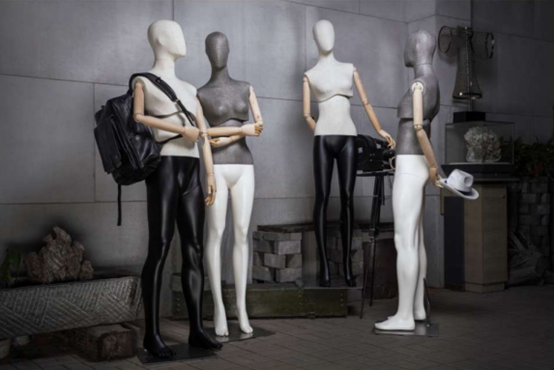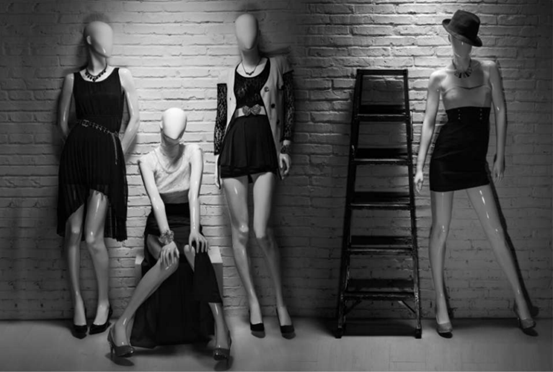CANCEL
2023-12-19 17:43:00
1. Storefront
We may only give a product our whole attention for seven seconds when we are buying. We've already decided whether to go inside the business or turn around and leave in these seven seconds. The renowned "Seven Seconds Marketing Law" is this. These seven seconds set the consumer purchase rate as well as the shop's admission rate.
The window serves as both the initial point of contact for clients to assess items and the most direct means through which each business may communicate its brand culture to them.
The rate of store admission and purchase will be directly impacted by the way the shop window is displayed. As a result, the storefront should have unique brand attributes and should primarily showcase company culture, current fashion trends, and other important elements.

2. VP at the door
What will draw our attention and entice us to enter the store if there isn't a window? Of course, the flow table at the store's entrance will wow us. Thus, the absence of a window is not an issue. In order to draw visitors into the business, we may "do something" at the door and place a number of VP points there.
3. VP in-store
We have the option to put up VP stations within the store in addition to the window or entrance. Here, too, setting VP points should adhere to the customer's quick view philosophy. Thus, to emphasize the season's big push, it makes logical to place it in the most visually appealing location. In order to fulfill the conversion rate of purchases and joint purchases, commodities are offered in conjunction with other items.
One thing that these VPs all have in common is that they mix different product categories and employ different models, props, and other items to create a stage-like retail display area complete with sceneries and images.
